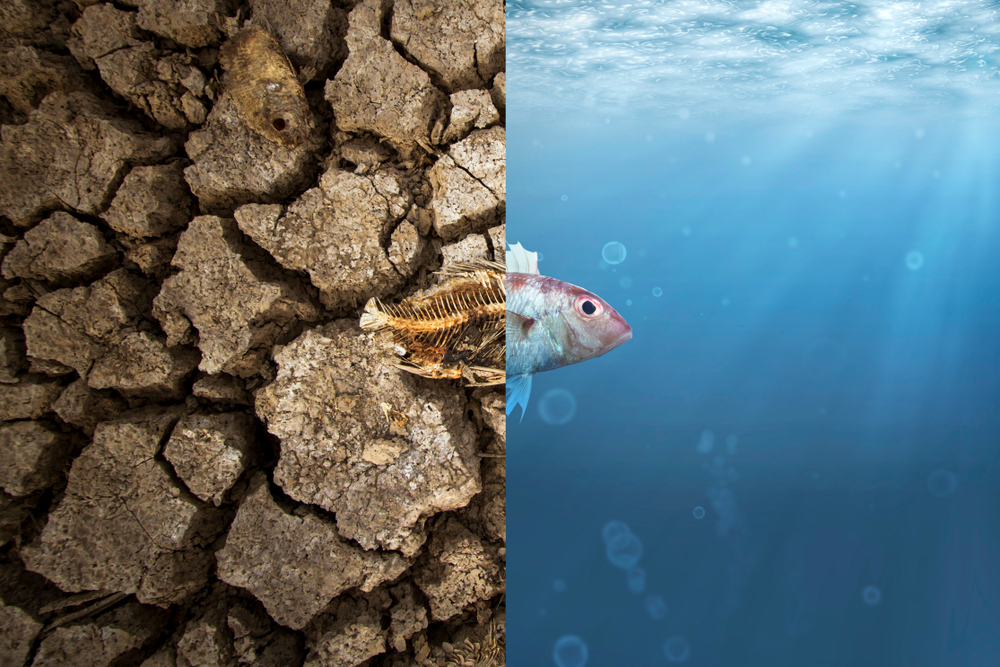Three Surprising Solutions To Climate Change
By Ryan Johnson
When the analysts at Project Drawdown quantified the impact of 100 solutions to climate change, they were surprised by some of their results, the organization’s executive director said in a recent appearance at Carnegie-Mellon University.
“Some solutions were a total surprise,” said Jonathan Foley, an atmospheric scientist who took the helm of Project Drawdown late last year, after the list was made. “Some surprised me, and I’ve been working at this for a long time.”
We know what we have to do to avoid a climate catastrophe: eat a plant-rich diet, change our energy mix, electrify transport, reverse deforestation. But there are many more solutions to climate change, including some potent ones that rarely get attention.
Project Drawdown claims to be the first effort to measure and project the impact of a multitude of existing climate solutions using uniform metrics—carbon emissions avoided or reduced, money spent, money saved—allowing “an apples-to-apples comparison.” Foley highlighted three solutions in particular that emerged from the analysis more powerful than expected:
Educate Girls
Educating girls and empowering women has multiple positive impacts on climate, according to Foley and other experts “Women have a disproportionate share of decision making around what happens in the home,” Foley said. “In terms of water, cooking, food, food waste, fuel choices, how homes are heated, how they’re built, how they’re used. So this also is a powerful kind of Girl Effect, we call it, on our world. It’s enormous, and combined with family planning access, it’s one of the most powerful climate solutions of all.”
Project Drawdown calculated that educating girls could reduce 51.48 gigatons of carbon emissions. Give women access to family-planning resources, and we save another 59.6 GT.
“Women who have more access to education and more opportunity tend to have fewer children, and a little bit later in life,” Foley said. It’s the only effective way, short of coercion, to reduce human population growth, which lies at the foundation of all of the earth’s environmental woes.
Protect Native Lands
“Analysis after analysis shows that communities that are protecting their forests, their native lands, tend to have forests that are healthier, that have more biological diversity, and those forests inevitably store more carbon,” Foley said. “They are just richer in biomass, and the soils are richer, nine times out of ten. So helping communities preserve their forests tends to preserve the best forests in the world.”
Project Drawdown reckons that protecting native forests equates to protecting 894.4 GT of CO2 reductions and can reduce emissions by 6.91 GT.
It’s easy to think of the Amazon rainforest in this scenario, but native-managed forests pepper the globe.
“If you look at a satellite image of Wisconsin, the Menominee Nation—the native-American reservation in northern Wisconsin—you can see the outline of it from outer space. It is noticeably darker green than all the forests around it that have been clear cut and are regrowing.”
Capture Refrigerants
Air conditioners are such notorious energy hogs—the largest residential drain on our dirty energy system—that it’s best not to use them at all. But that’s not likely to happen, and it’s not why refrigeration emerged as the largest climate solution in Project Drawdown’s calculations.
“It turns out it’s not just the energy used in refrigeration, though that is large,” Foley said. “Air conditioners, refrigerators, freezers and so on. That is there. That’s important. And the manufacturing of those things, yep, that’s there too. But by far the biggest part of the refrigeration footprint is the chemicals used as refrigerants themselves.”
Hydrofluorocarbons were developed to replace the chlorofluorocarbons that were eroding the Ozone Layer. “Those are molecule for molecule a thousand times more powerful than CO2 in trapping heat,” Foley said.
The good news is, the world agreed in the Kigali Amendment to phase HFCs out. The bad news is, they wait like a climate time bomb in millions of air conditioners, refrigerators and freezers already deployed across the world. Ninety percent of refrigerant emissions occur at the end of an appliance’s life, according to Project Drawdown.
“If we could find alternative refrigeration and cooling materials, that would be great. We could use ammonia. There are other gases we can use that work pretty well,” Foley said. “But also can we recover these from landfills? Can we make sure we dispose of an air conditioning unit or a cooling device, refrigerator, freezer, so that the gases in those coils are recovered or at least destroyed if not recycled?”

